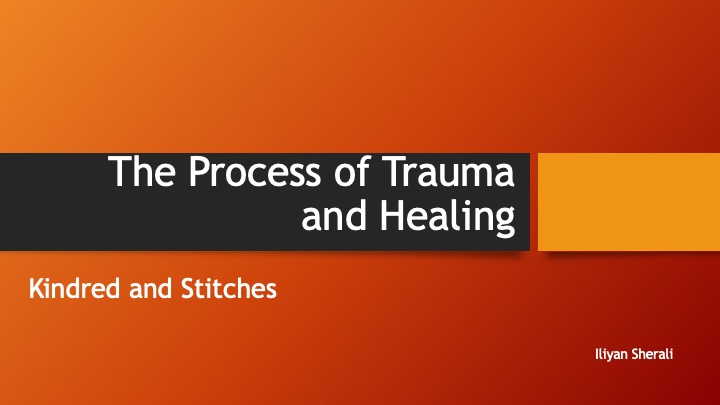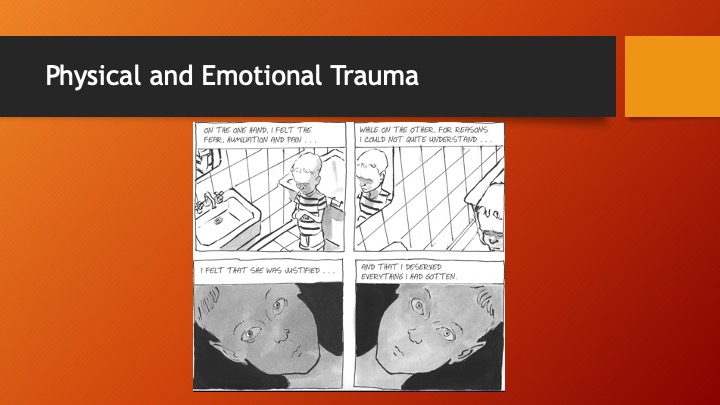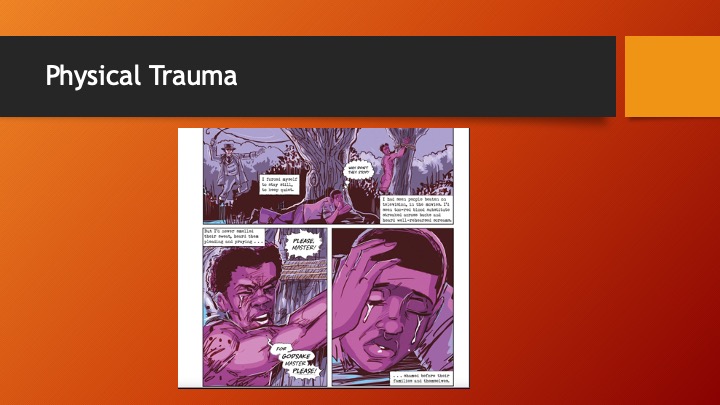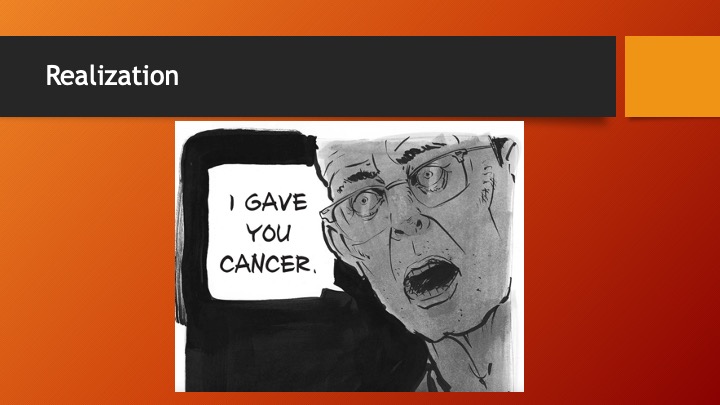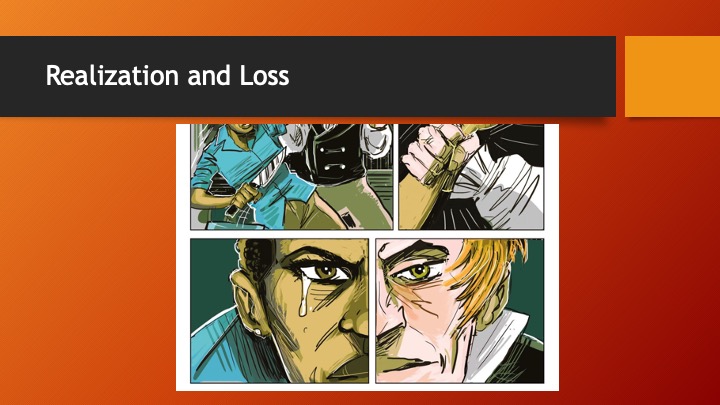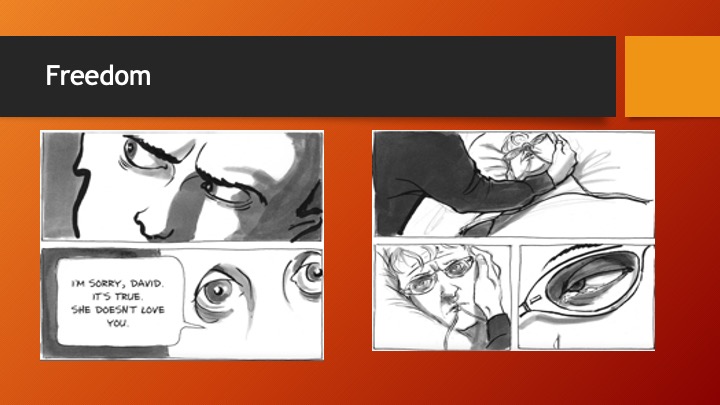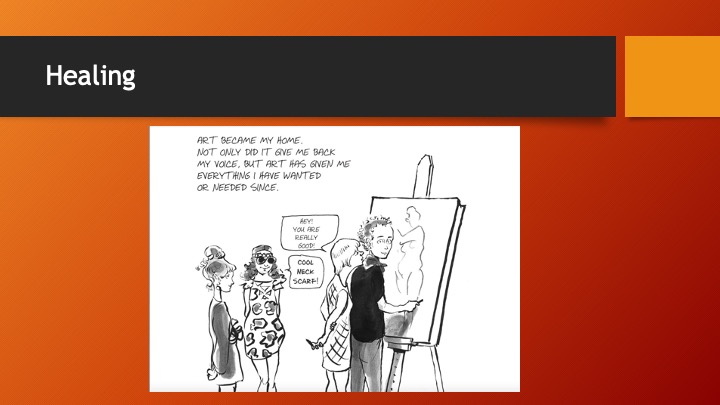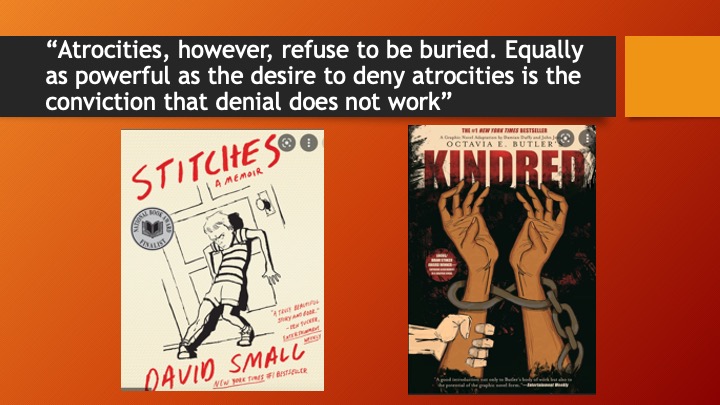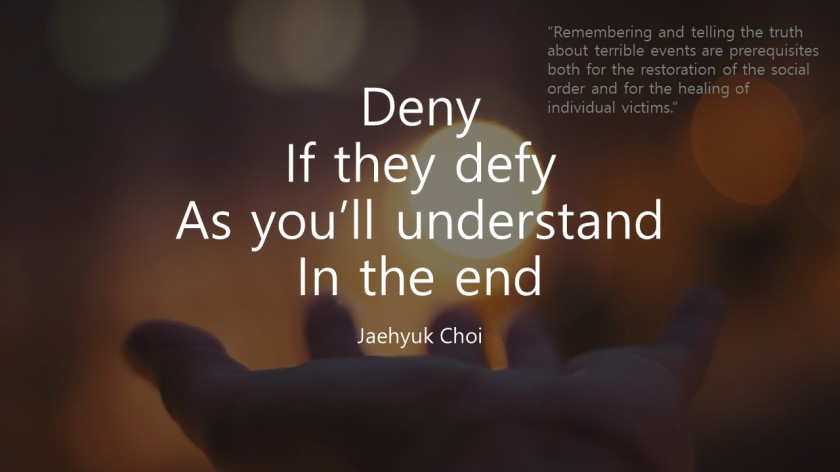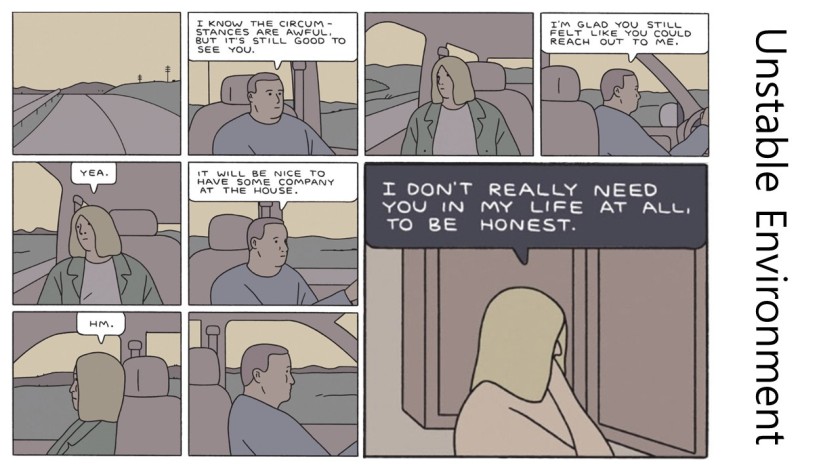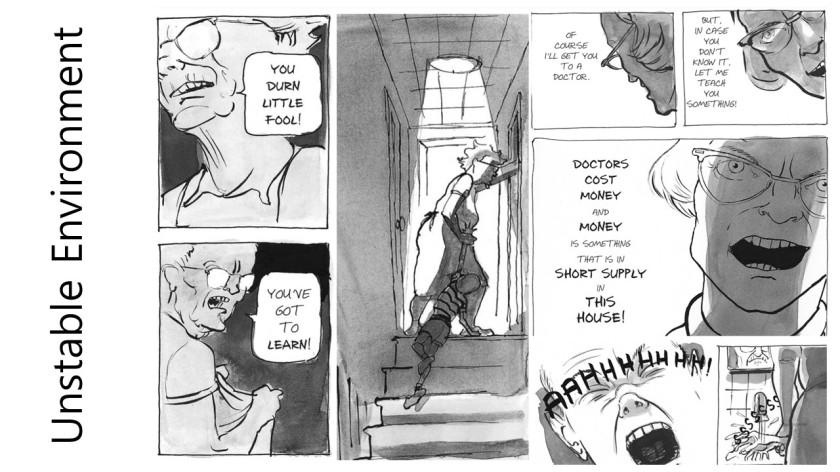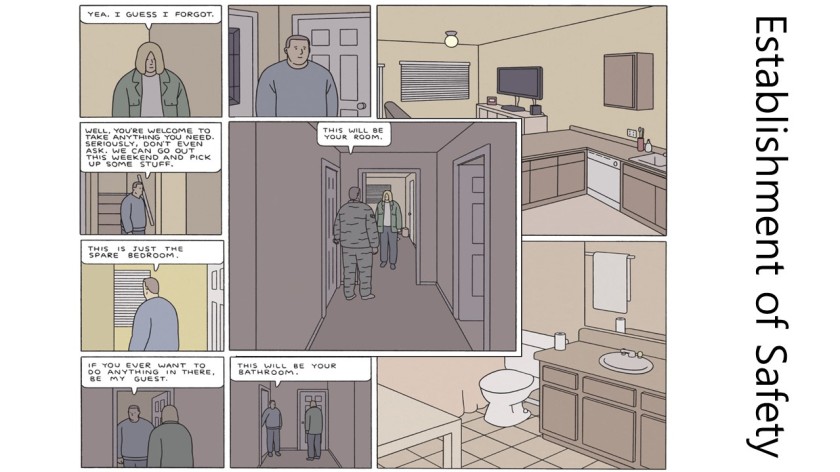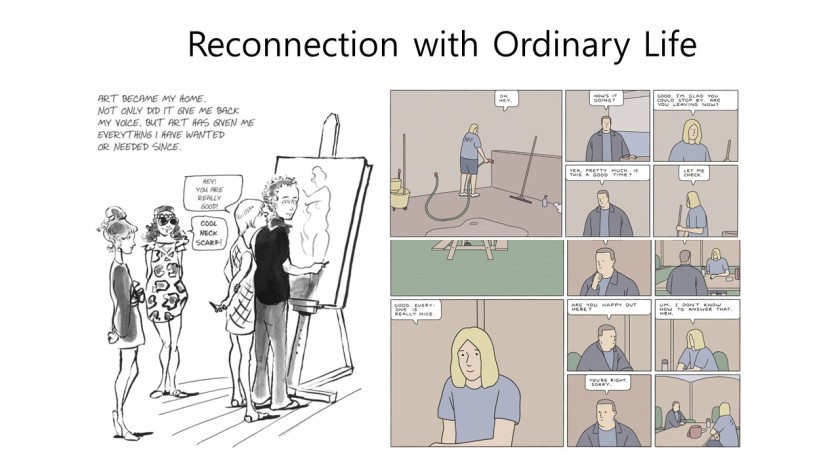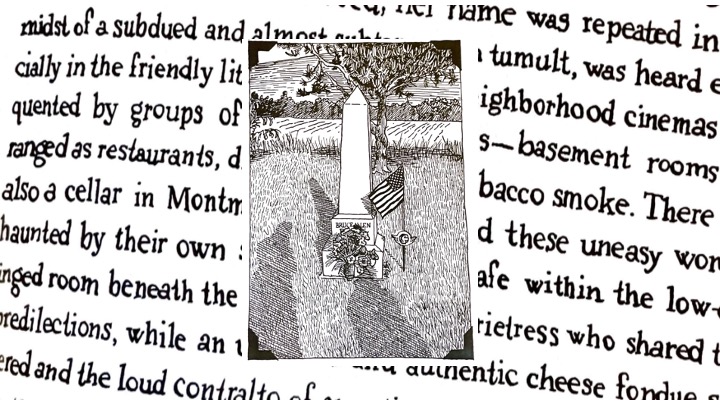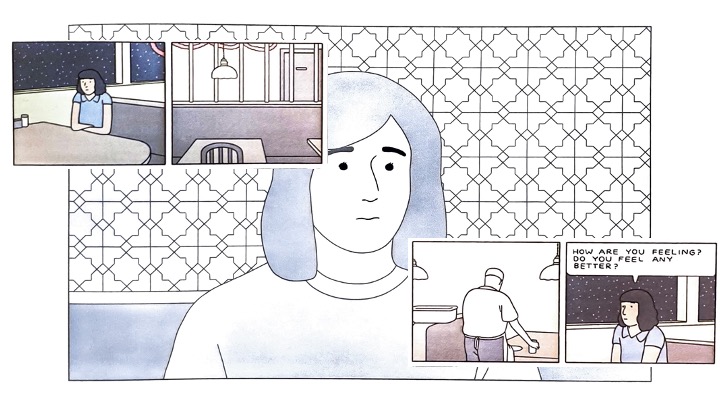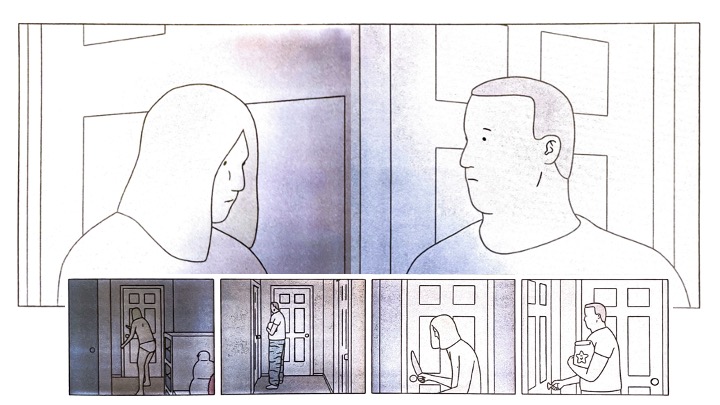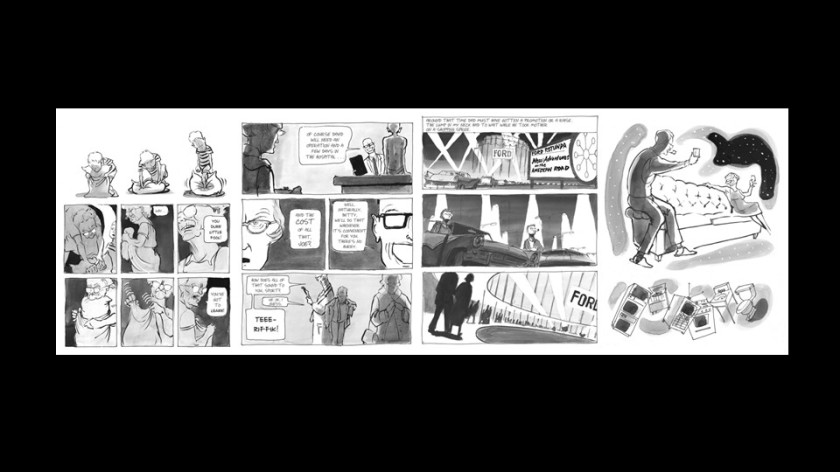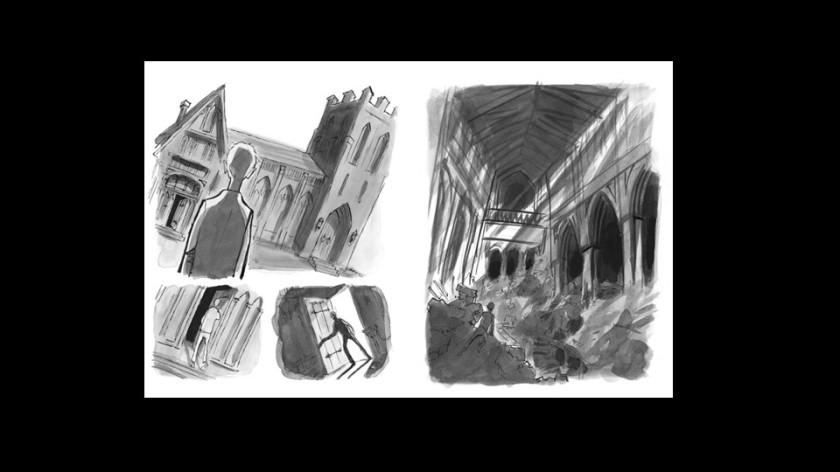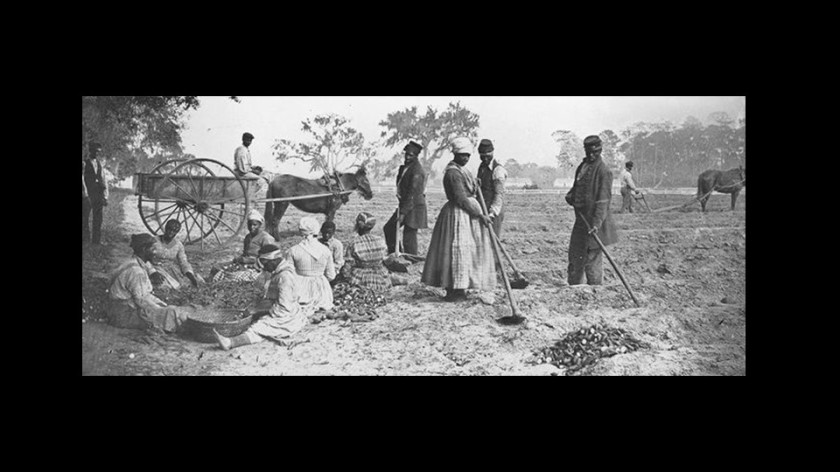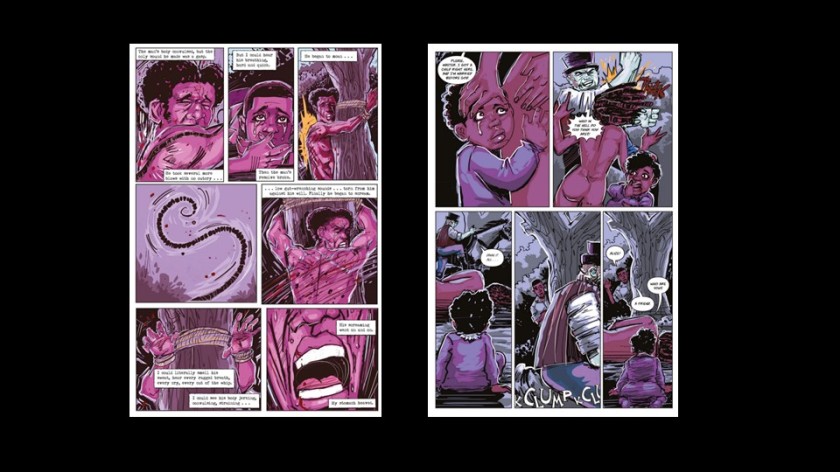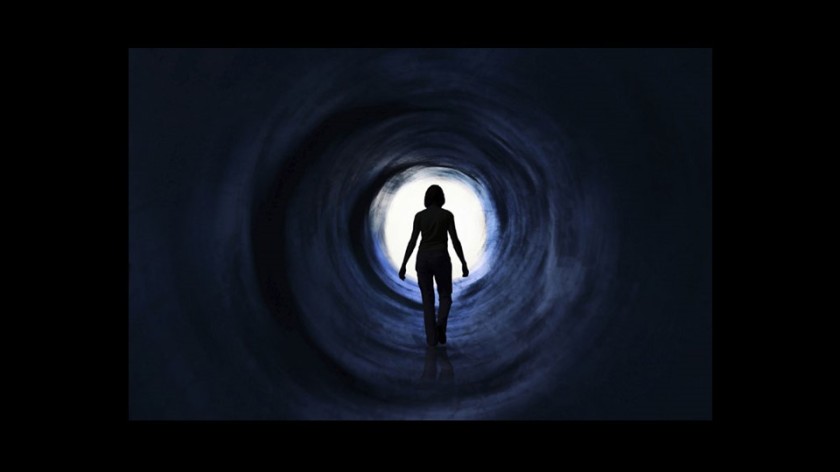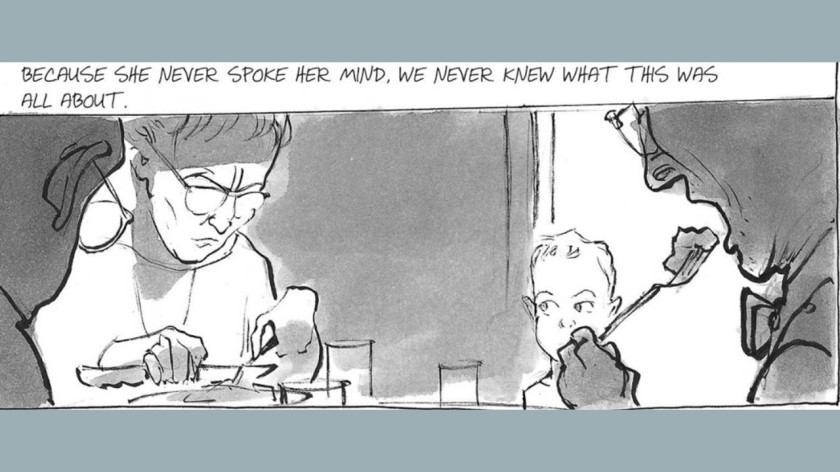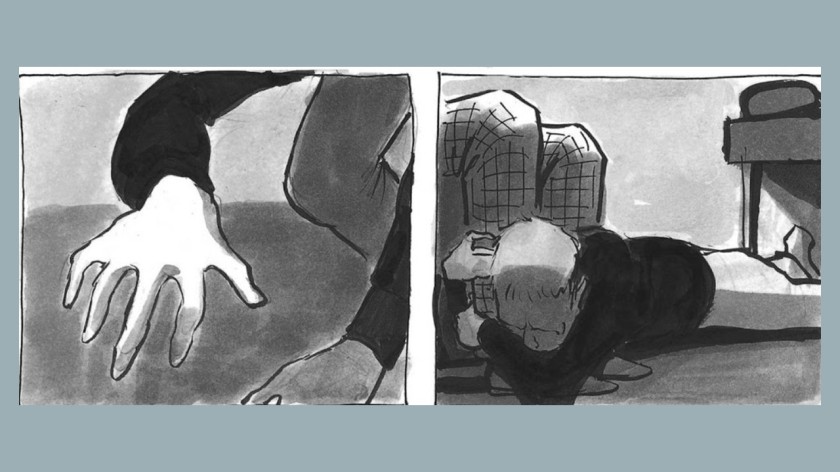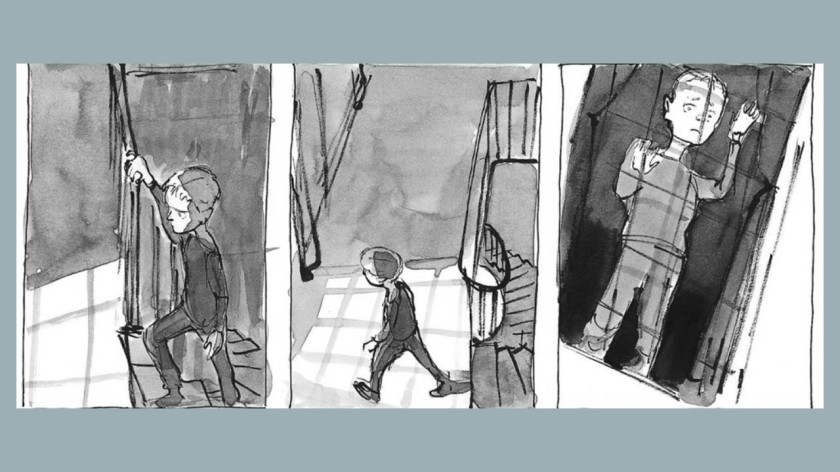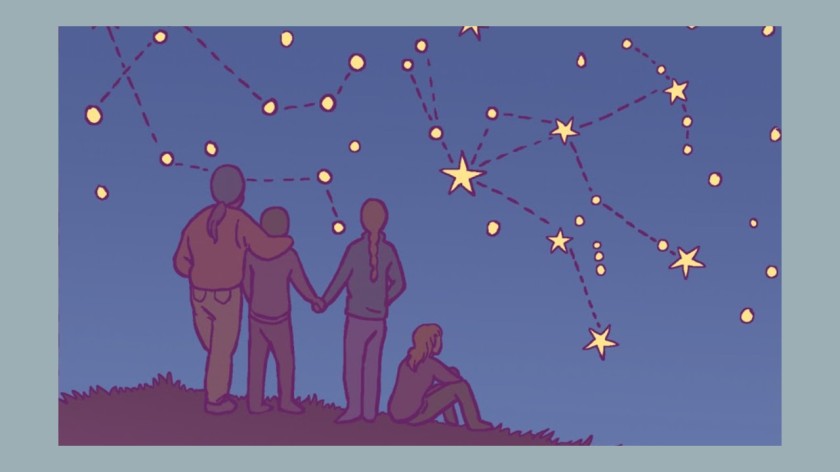Reflection on Halfa Kucha
When working on my Halfa Kucha, my first impression was that it was going to be tedious considering the fact that I was only going to be displaying images that correlate with the prompt and then explaining the images. As I commenced working on my presentation, however, it was not as complicated as I first envisioned. With each image, I was able to visualize what I wanted to say and try to get my point across.
Although there have been some points that were easy to do, there were some aspects of the presentation that was tedious. Well for starters, I finished a 20 minute presentation that I was going to present the day before my Halfa Kucha and the transition from one presentation to another was just too much. Additionally, trying to think of nine central topics as well as the accompanying images took time and made me rethink many things such as “how could this topic shift to the next topic, and how are they related.”
What I really enjoyed about creating and presenting the presentation was how well organized it made things be. Having the time constraint of explaining a slide in twenty seconds prooved to be an easy or chalnging task because there will be times in where I would be able to meet the time or be a few seconds short. The presentation helped me utilize my creative skills, as well as my communication skills to present as confident as possible. Overall, I really enjoyed this Halfa Kucha project a lot.
Down below will be the link attached to my Halfa Kucha presentation !

